|
10/4/2019 0 Comments Winemaker's Work After the HarvestHarvest is done. This year's harvest season took place on Sundays and a few weekday harvests throughout September. White grapes, such as Vidal Blanc, Seyval, and Vignoles, were harvested first and de-stemmed, crushed, and pressed. White grapes are generally processed on the same day of harvest to capture the freshness of flavor, aroma, and ripeness. Fresh juice settled into the tanks to stabilize at a cool temperature. Red grapes take longer to mature, develop skin color, and reach an optimal balance of sugar and acid levels. As a result, red grapes are always harvested later in the season. Once ready, red grapes including Chambourcin and Concord were picked and crushed. In the case of Chambourcin, the must (crushed skins, pulp, seeds, and juice) isn't pressed for juice on the same day as harvest and crush. Instead, the must is pumped into tanks. Red wine gains its color from the juice's extended contact with grape skins. Exposure to the seeds, skins, and even stems increases tannins that will give red wine more structure and depth. Pressing the Chambourcin must takes place a few weeks after harvest and crush. Post-harvest, the winemaker's work begins on the next crucial step once juice from white grapes and must from red grapes is in the tanks. Fence Stile owner and winemaker Shriti Plimpton adds yeast to begin the fermentation process. Depending on the grape, different yeast is used to interact with the juice (or must) to shape the flavor, aroma, and body of the wine-to-be in development. Yeast feeds on the natural sugar in the grapes. High levels of sugar are desirable. Sugar levels are measured by brix, a unit of measurement. Brix measurements in the twenties are desirable. More available sugar gives the yeast more sustenance to feed and produce alcohol as a byproduct, and, in turn, transform grape juice into wine. Seyval, Vignoles, and Vidal Blanc underwent fermentation and the early-stage transformation into wine under Shriti's watchful eye. The wines will develop and age in stainless steel tanks and perhaps a few select oak barrels for many months until bottling in late winter or early spring the following year. Currently, Fence Stile hosts Fermentation Tours in September and October that take place in the winery. Visit the website's home page or our Facebook events for available dates/times. Call the winery at 816-500-6465 to RSVP. Occurring only during harvest and post-harvest, the tour offers a rare, limited-time opportunity to taste the 2019 wines at an early stage as they develop from week to week. The tour enables guests to taste these wines next to finished wines from past vintages for comparison. As the winemaker, Shriti also provides an easy-to-follow explanation of her work and provides a peek behind the curtain to demystify the winemaking process. Red wine grapes, such as Chambourcin, requires additional work on the must. The skins of the crushed grape must float to the top of the tank containing the wine in development. That floating must forms a "cap." Once yeast is added and fermentation begins, the "cap" needs to be punched twice a day, daily, for up to two weeks or so. Punching the cap with a long-handled punch (kind of like a plunger) enables the yeast and early-stage wine to have greater circulation with the must. In some cases, hoses are also connected to the upper and lower parts of the tank so that the wine may circulate atop the must via a sprinkler or pump-over (See photos). With each tank of red wine, Shriti climbs atop the tank with a metal punch and/or paddle. She physically moves the cap to facilitate better circulation and skin contact. This year, Shriti has segregated Chambourcin must into three separate tanks. One tank filled with crushed grape must receives additional mixing via a pump-over of wine and twice-daily punch downs. A second tank of crushed must is punched down twice a day. The third tank includes both crushed grape must and a percentage of whole grape clusters that is punched down twice a day. She's separated the Chambourcin into separate tanks and processed them with various approaches to determine how the tannins, flavor, and body of each batch will develop. These batches may result in separate wines or may be used to create a more layered blend of wine, depending on the results. Regardless, the post-harvest fermentation and physical management of the wines in the tanks requires forethought, planning, patience, and work. Shriti's willingness to experiment and adapt to each year's harvest underscores her winemaking philosophy and practice at Fence Stile. She works with what nature provides to fully express the grape's character with each vintage of wine. This work also underscores a commitment to produce small-batch craft wine with a focus on quality vs. quantity. We're excited to see how the Chambourcin and our other wines from the 2019 harvest evolve. Visit the Tasting Room to learn more about the Fermentation Tour, Winery and Wine Cave Tour, and to taste our current vintages of wine. On a side note, our thanks goes out to the many volunteers who helped us with this year's harvest. We couldn't have completed harvest without them!
0 Comments
Leave a Reply. |
Archives
September 2021
Categories |
HoursWinter Hours December - February
Saturday: 11 am - 5 pm Sunday: 11 am - 5 pm Regular Hours: March - November: Thursday 3 pm - 7 pm Friday 12 pm - 8 pm Saturday 11 am - 8 pm Sunday 11 am - 5 pm |
Telephone - 816-500-6465 |
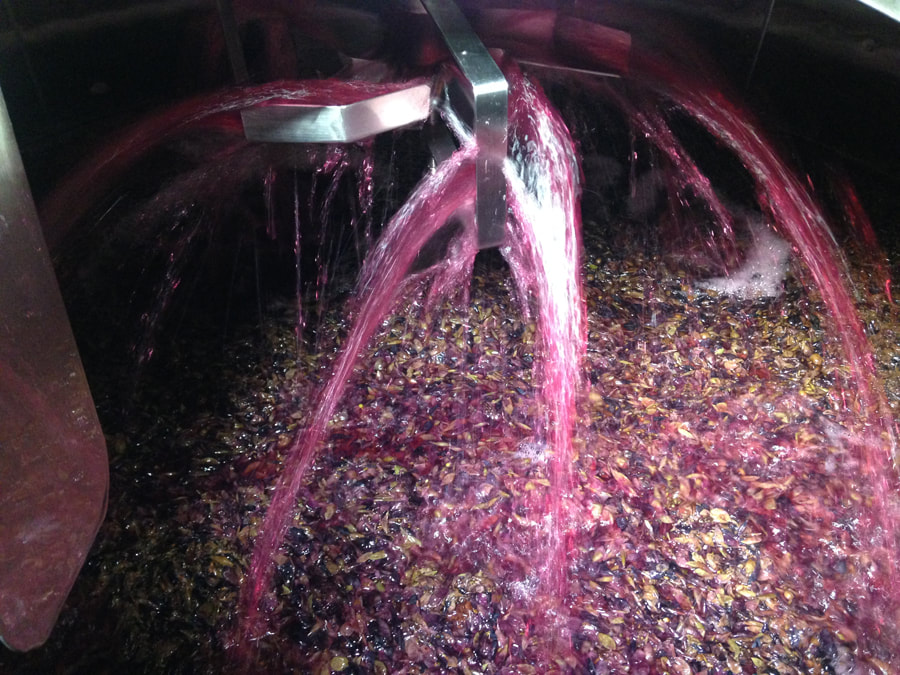
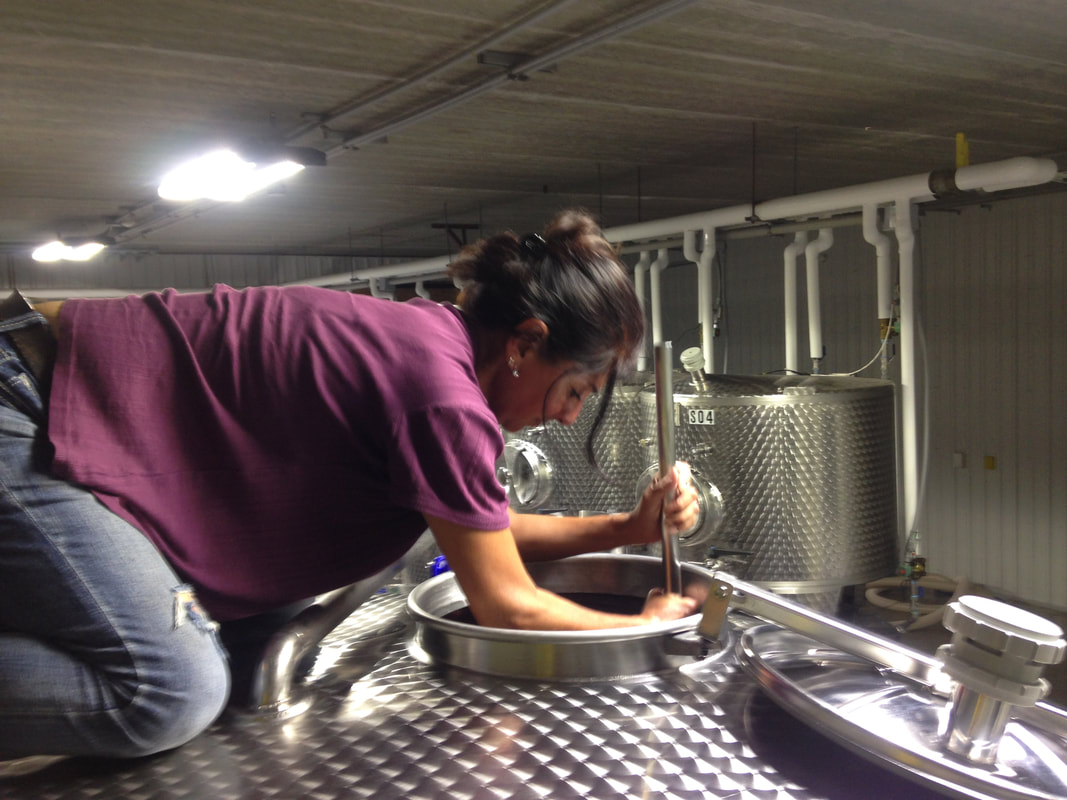
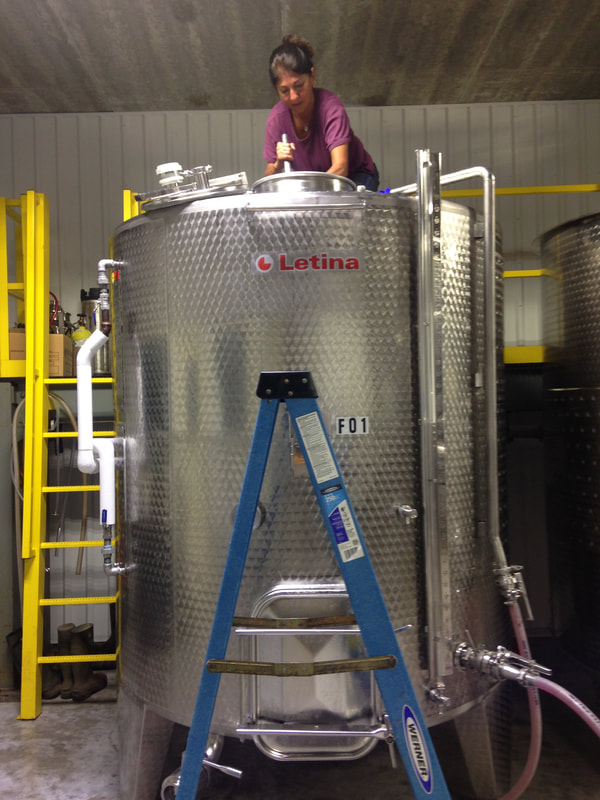
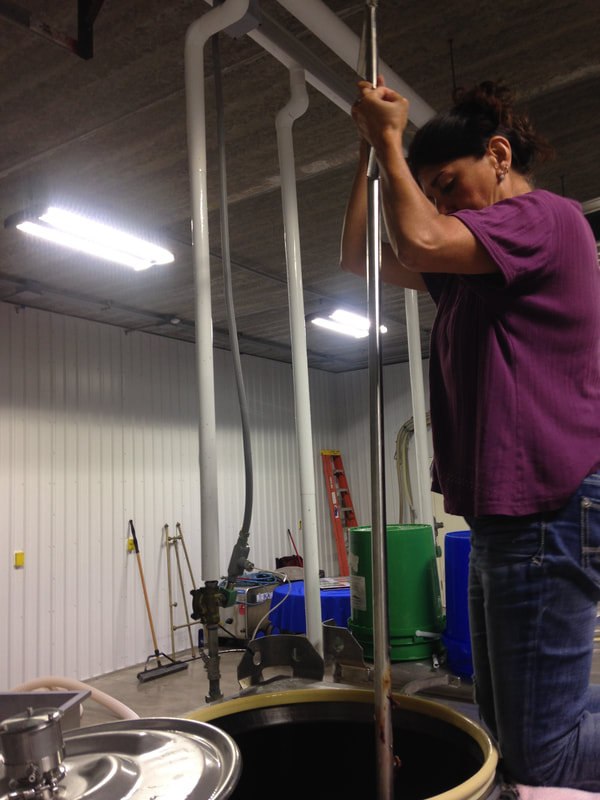
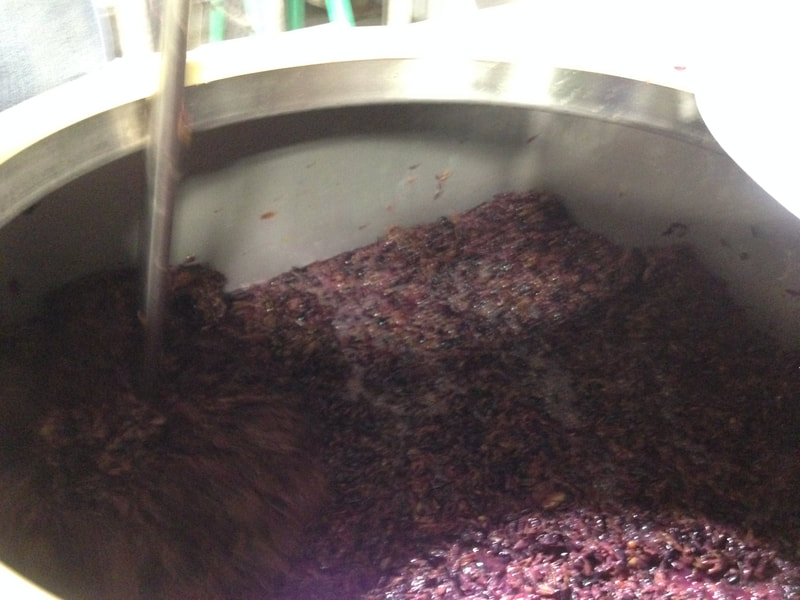

 RSS Feed
RSS Feed






